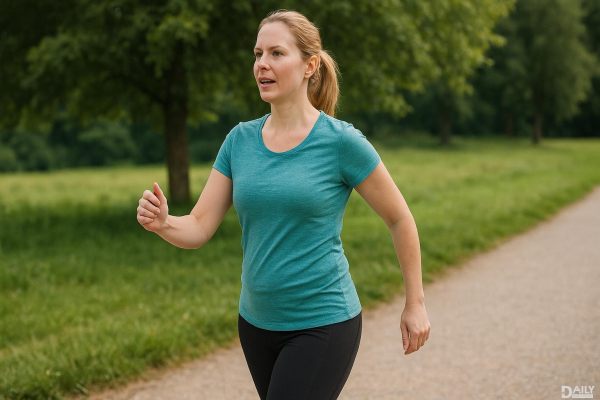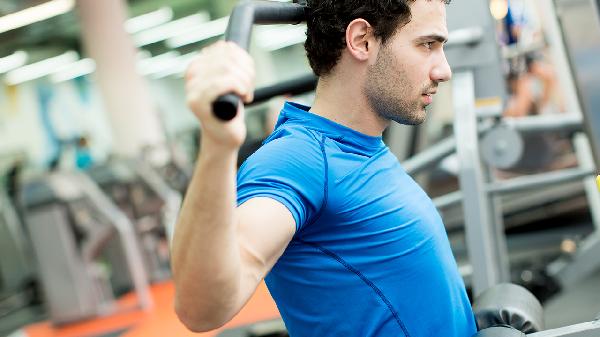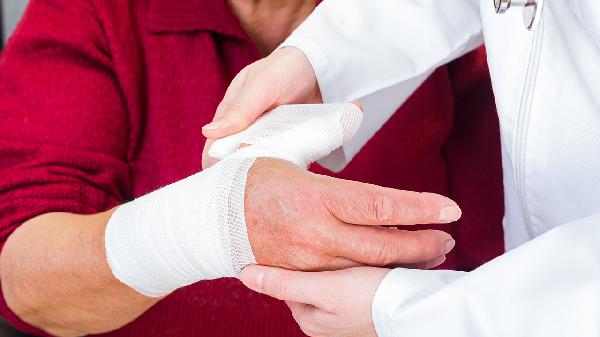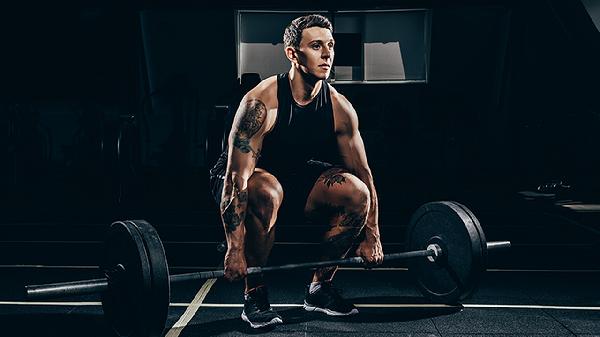With women's sports finally getting the spotlight they deserve, it's high time we dive into how female athletes' bodies respond differently to training—and why certain injuries seem to hit them harder. The science is still catching up, but one thing's clear: hormones play a bigger role than we used to think, and ignoring those differences could mean leaving performance (and safety) on the table.
ACL Tears: Why Women Are at Higher Risk
ACL injuries. If you’ve followed women’s soccer or basketball, you’ve probably seen at least one player go down clutching their knee. Research shows women tear their ACLs up to eight times more often than men, and it’s not just bad luck. Anatomy plays a role: women tend to have wider hips, which changes the angle of the knee joint, putting extra stress on that ligament. Then there’s neuromuscular control—how your brain tells your muscles to stabilize joints. Studies suggest women often land jumps with straighter knees and less hip bend, a combo that turns every pivot or awkward landing into an ACL hazard. But here’s the kicker: strength training focused on hamstrings and glutes can slash that risk. Coaches who ditch "light weights only" myths and prioritize heavy lifts (yes, squats!) see fewer blown knees on their rosters.
Hormones and Injury Risk: The Menstrual Cycle Wild Card
Now for the elephant in the locker room—does your cycle make you more prone to injury? The 2021 study that linked the follicular phase to higher injury rates made waves, but experts warn it’s not that simple. Estrogen, which peaks before ovulation, increases joint laxity (think: looser ligaments). That might explain why some women feel "wobbly" during workouts mid-cycle. Progesterone, which rises afterward, slows muscle recovery. But here’s the twist: every woman’s hormone fluctuations are different. Some powerlifters report PRs during their period; others feel drained. The fix? Track your cycle alongside workouts for 3-4 months. Notice patterns? Adjust intensity accordingly—maybe swap max-effort sprints for tempo runs on high-laxity days. Apps like FitrWoman help, but old-school pen-and-paper works too.
Stress Fractures: The Sneaky Side Effect of Underfueling
Female athletes are up to four times more likely to develop stress fractures than men, and it’s rarely just about overtraining. Enter the "female athlete triad"—low energy availability (aka not eating enough), irregular periods, and bone density loss. When the body’s starved of fuel, it steals calcium from bones to keep vital systems running. Cue tiny cracks in shins or feet. The scary part? Many women brush off missing periods as "normal" or fear weight gain if they eat more. But skimping on carbs/protein around workouts is like trying to drive a car on empty. Sports RDs stress this: matching intake to training volume isn’t optional. A 2023 NCAA policy now requires schools to educate athletes on triad risks—finally.
Shoulder Pain: It’s Not Just a Swimmer’s Problem
Baseball pitchers get all the press about rotator cuff tears, but women in volleyball, tennis, and even weightlifting battle shoulder issues too. The culprit? Often, it’s scapular dyskinesis—a fancy term for your shoulder blades moving out of sync. Women’s generally less upper-body muscle mass means the rotator cuff muscles work overtime. Throw in repetitive overhead motions (looking at you, spike practice), and it’s a recipe for impingement. Prevention starts with "prehab": face pulls, band pull-aparts, and dead hangs improve scapular stability. And ladies, don’t skip bench press! Controlled horizontal pushing builds crucial anterior balance.
Ankle Sprains: Why They Stick Around
Twist an ankle, ice it, tape it up, repeat—sound familiar? Women’s ankles are more flexible (thanks again, hormones), but that "mobility" often means less stability. Add in weaker peroneal muscles on the outer calf, and you’ve got a sprain that won’t quit. The hack? Balance drills. Single-leg stands while brushing your teeth, wobble board drills, and resisted ankle circles rewire proprioception. And if you’ve sprained it before, toss the brace—over-reliance weakens supporting muscles long-term.
The takeaway? Women’s bodies aren’t just "smaller versions" of men’s—they’ve got unique strengths and vulnerabilities. Smart training means playing to those differences, not pretending they don’t exist. Whether you’re a pro athlete or a weekend warrior, tuning into your body’s signals (and respecting hormone fluctuations) is the real game-changer. And hey, if that means eating an extra snack or swapping a workout when your joints feel loose, consider it your secret weapon.
























